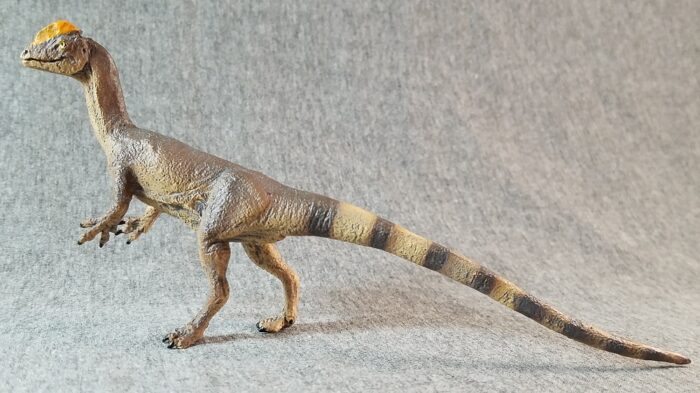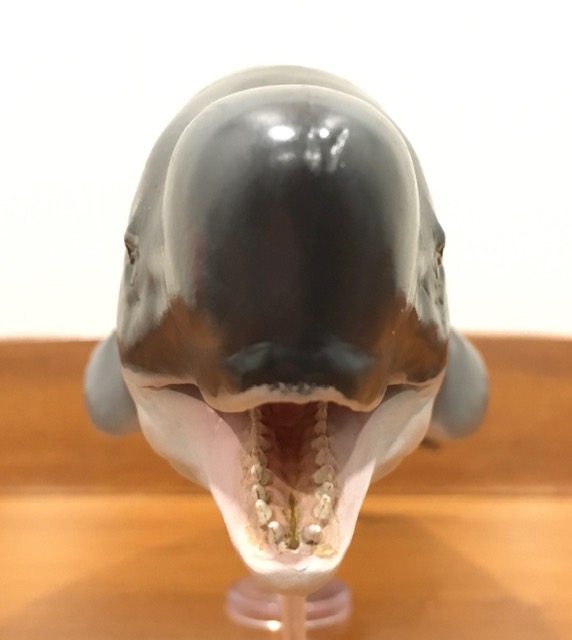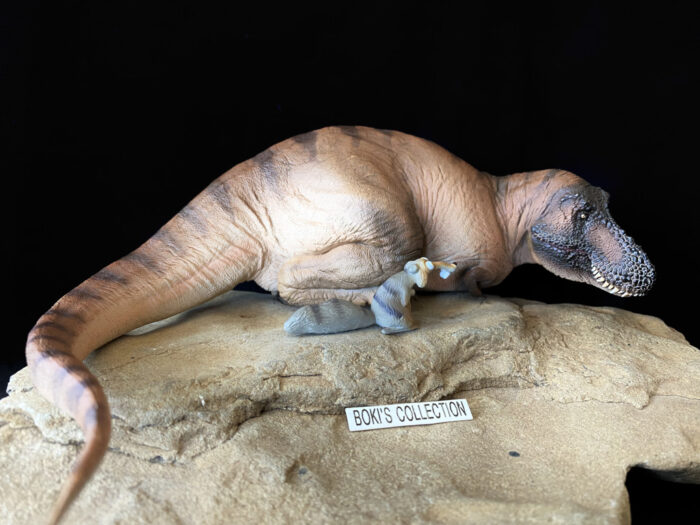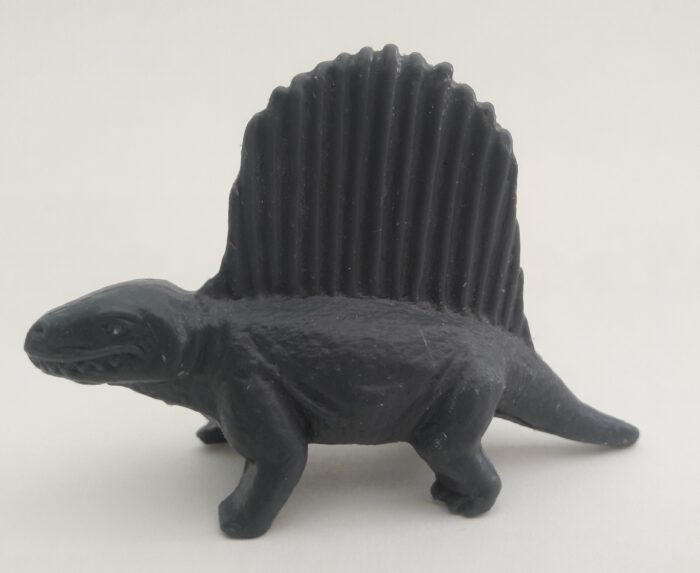Sometimes there’s no avoiding bad timing. Since paleontology is an ever-shifting field of scientific understanding, any artistic or commercial renditions of prehistoric life risk becoming obsolete at the drop of a new find. Such was the case for Safari Ltd., who announced the release of a new Dilophosaurus model for 2020 to replace the previous Wild Safari version – only for a brand-new paper to drop later that same year, providing a new, thorough analysis of all known Dilophosaurus fossils and providing new insight into the Early Jurassic predator’s life appearance.
Type: Figurine
Review: Machairoceratops (Perez) (Prehistoric Animal Models by PNSO)
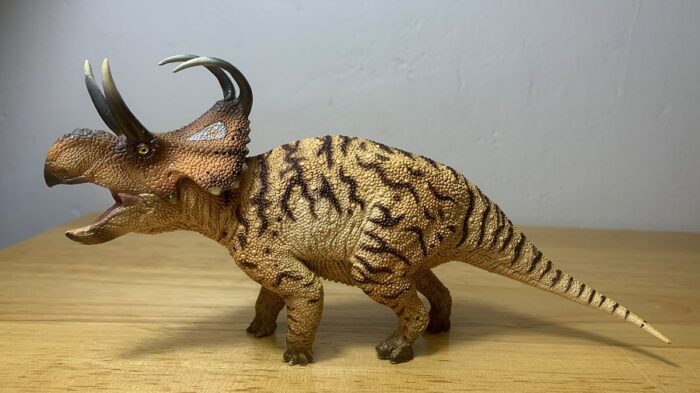
The subject of today’s review is like an apparition from the past, as far as PNSO is concerned. Although the PNSO Machairoceratops is only a year old PNSO has released so many new figures since then, and gone through so many phases, that this figure can be considered ancient history in the PNSO timeline.
Review: Stegosaurus (Sinclair Dinoland)

Although Sinclair’s figurines all resemble their giant sculpture counterparts to some degree, the Stegosaurus is perhaps the most strikingly close of them all, with more grace than typically seen in other artwork for the time.
Stegosaurus has been one of the most recognizable dinosaur genera since its discovery and description in 1877.
Review: Dimetrodon (Soft Model by Favorite)
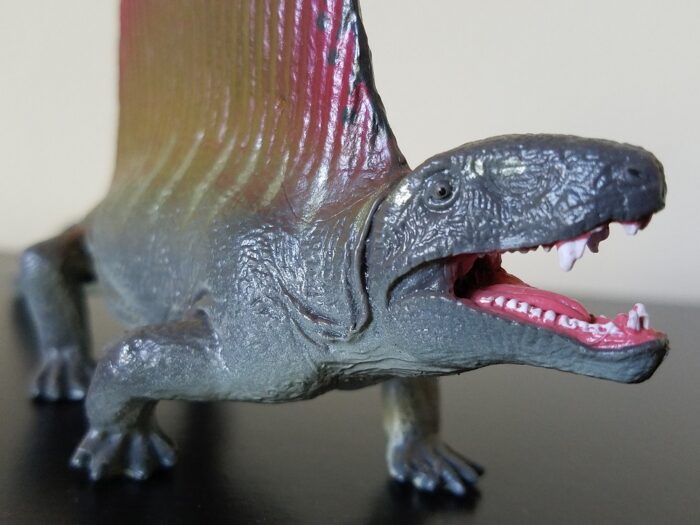
Favorite’s take on the classic pre-dinosaur land predator offers a more modern image of the synapsid than most, for its time.
Dimetrodon is one of the quintessential figures in prehistoric life iconography. The sail-backed, quadrupedal carnivore is often mistaken for a dinosaur, but is in fact considered more ancestral to mammals.
Review: Giant Moa (Lost Kingdoms Series A by Yowie)
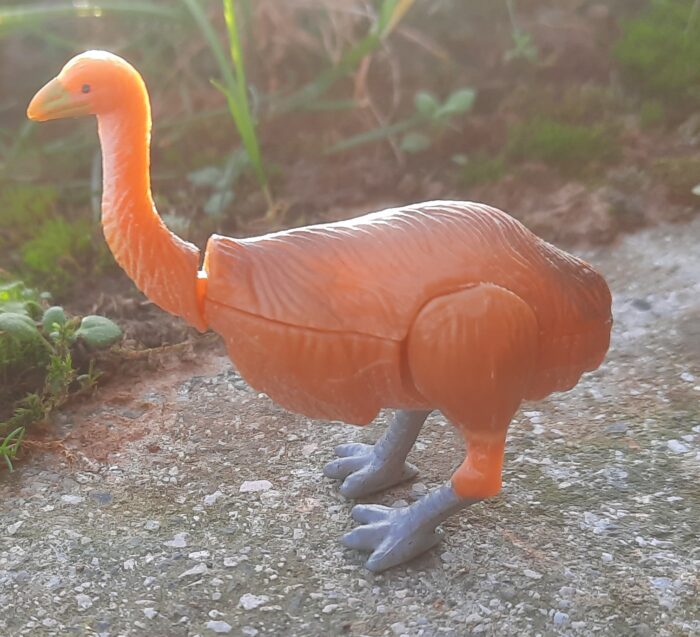
The largest bird today is the Ostrich, and this is owing to it’s flightlessness. The recent past, however, provided greater flightless giants. One such came from New Zealand, in the form of the South island Giant Moa, Diornis robustus, with females able to reach up to 11ft 10″ if they stretched up, being 6ft 6″ on a horizontal plane.
Review: Ankylosaurus (Dinoland by Sinclair)
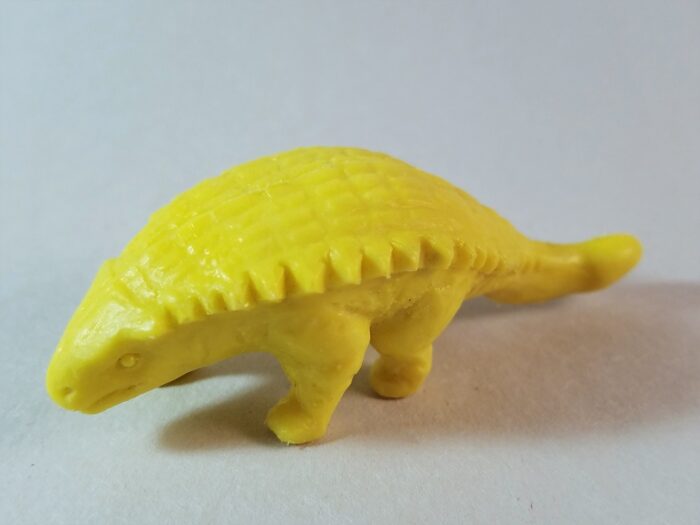
Although their figures are often confused with the famous Marx line of dinosaurs, Sinclair’s Ankylosaurs has its own share of unique features.
When we think of “retro” dinosaur depictions, many probably think first of tall theropods dragging their tails or the massive sloped shapes of lumbering sauropods.
Review: Livyatan (PNSO)
Review: Kronosaurus (PNSO)
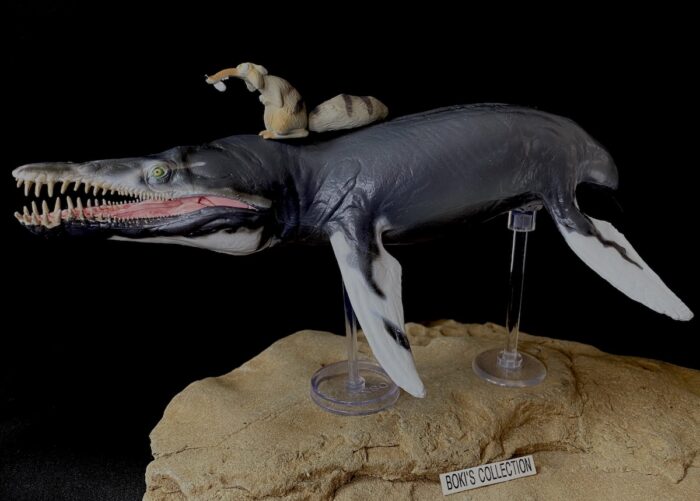
Kronosaurus could easily be called the comeback kid, having the distinction of being one of the first marine reptiles to ever be featured in toy form way back in the Marx sets only to be lost to obscurity for many decades after, then just recently came roaring back into the spotlight.Having fought (or swam) its way back into the top ten, this impressive giant surely is determined to edge out the mighty Mosasaurus.
Review: Tarbosaurus (Chuanzi) (Prehistoric Animal Models by PNSO)
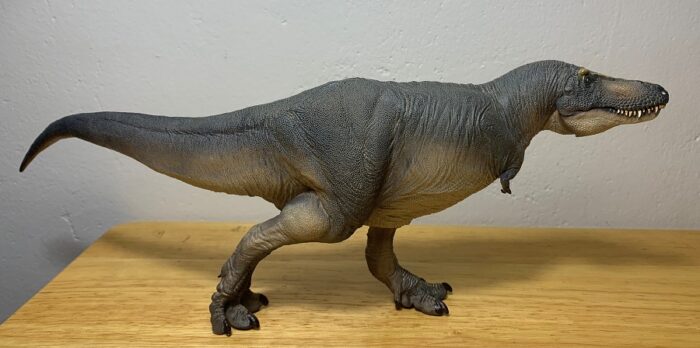
One of my all-time favorite pieces of paleo-art is Douglas Henderson’s 1989 painting Tarbosaurus and Saurolophus which depicts a red-headed Tarbosaurus pursuing a herd of Saurolophus crossing a river. Like all the best paleo-art this piece serves as a time machine and as a kid I would stare at and study it.
Review: Tyrannosaurus ” Andrea” (PNSO)
Review: Dimetrodon (Kellogg’s, cereal freebie)
Review: Protoceratops (“Ersthornsaurier”) (Margarinefiguren by Wagner)
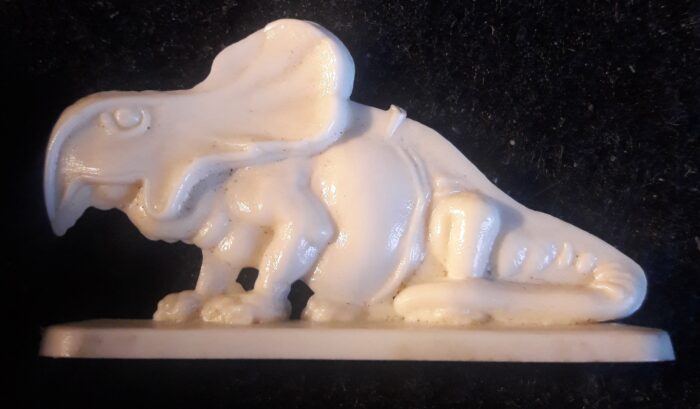
Five or so years ago I introduced to you a line of so called „Margarinefiguren“ (meaning margarine figures) which had been produced by or for a German food company named „Wagner“ 60 or so years ago. The company added them to their food packages as little collectibles for kids as a buying incentive for their parents.

